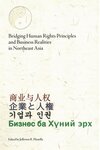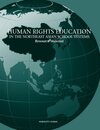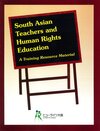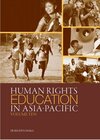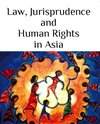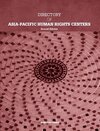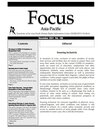The petitioners in writ petitions Nos. 4610-12/81 live on pavements and in slums in the city of Bombay. Some of the petitioners in the second batch of writ petitions Nos.5068-79 of 1981, are residents of Kamraj Nagar, a basti or habitation which is alleged to have come into existence in about 1960-61, near the Western Express Highway, Bombay, while others are residing in structures constructed off the Tulsi Pipe Road, Mahim, Bombay. The Peoples Union for Civil Liberties, Committee for the Protection of Democratic Rights and two journalists have also joined in the writ petitions.
Some time in 1981, the respondents - State of Maharashtra and Bombay Municipal Corporation took a decision that all pavement dwellers and the slum or busti dwellers in the city of Bombay will be evicted forcibly and deported to their respective places of origin or removed to places outside the city of Bombay. Pursuant to that decision, the pavement dwellings of some of the petitioners were in fact demolished by the Bombay Municipal Corporation. Some of the petitioners challenged the aforesaid decision of the respondents in the High Court.
Court ruling:
The court ruled that the order of the Bombay Municipal Corporation to evict the petitioners is in accordance with law but there should be an alternate place for them (petitioners) to resettle, "though we [court] do not propose to make it a condition precedent to the removal of the encroachments committed by them."
The court further states:
In order to minimise the hardship involved in any eviction, we direct that the slums, wherever situated, will not be removed until one month after the end of the current monsoon season, that is, until October 31,1985 and, thereafter, only in accordance with this judgment. If any slum is required to be removed before that date, parties may apply to this Court. Pavement dwellers, whether censused or uncensused, will not be removed until the same date viz. October 31, 1985.
Other excerpts:
Two conclusions emerge from this discussion: one, that the right to life which is conferred by Article 21 includes the right to livelihood and two, that it is established that if the petitioners are evicted from their dwellings, they will be deprived of their livelihood. But the Constitution does not put an absolute embargo on the deprivation of life or personal liberty. By Article 21, such deprivation has to be according to procedure established by law.
xxx xxx xxx
Procedure, which is unjust or unfair in the circumstances of a case, attracts the vice of unreasonableness, thereby vitiating the law which prescribes that procedure and consequently, the action taken under it. Any action taken by a public authority which is invested with statutory powers has, therefore, to be tested by the application of two standards: The action must be within the scope of the authority conferred by law and secondly, it must be reasonable. If any action, within the scope of the authority conferred by law, is found to be unreasonable it must mean that the procedure established by law under which that action is taken is itself unreasonable. The substance of the law cannot be divorced from the procedure which it prescribe for, how reasonable the law is, depends upon how fair is the procedure prescribed by it, Sir Raymond Evershad says that, from the point of view of the ordinary citizen, it is the procedure that will most strongly weigh with him. He will tend to form his judgment of the excellence or otherwise of the legal system from his personal knowledge and experience in seeing the legal machine at work", [`The influence of Remedies on Rights' (Current Legal Problems 1953, Volume 6).

